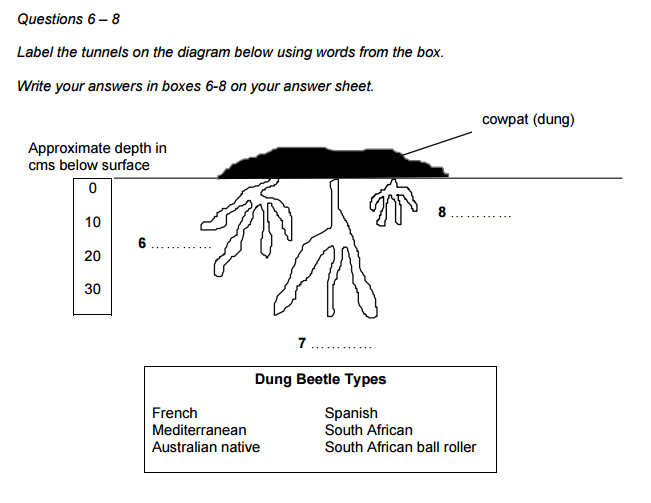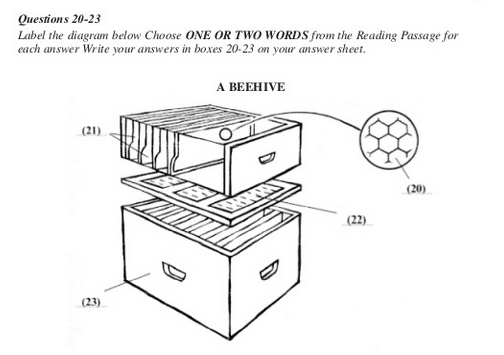On the IELTS reading test, you might get a question that asks you to label a diagram. This post will:
-
- show you examples
- look at common problems
- give you tips
- provide you with a strategy for answering these questions.
Examples
There are three kinds of diagrams you might get: a technical drawing of a machine or invention, something from the natural world or a design or plan. Below is an example of a natural process taken from a sample test at IELTS.org.

Below is an example of a technical drawing:

Source: Cambridge English IELTS Past Papers.
Common Problems
The main problem with these questions is students focus too much on the diagram and try to understand everything about it. Unfamiliar diagrams can cause panic and lose you time. This is not a test of your technical knowledge but a test of your reading skills. You should try to understand generally what is happening in the diagram, but the relationship between the text and the diagram is more important.
Another big problem is failing to locate the paragraphs that contain the answers quickly and losing time reading the whole text.
Students also lose marks in this section by writing the wrong number of words or spelling words incorrectly.
Tips
- Check how many words you are supposed to write, it will tell you in the question. In the example above you can only write ‘one or two words’, any more than this and you will lose marks. Remember that numbers count as one word and hyphenated words like ‘state-of-the-art’ count as one word.
- Identify the type of word (noun, verb, adjective) you need. This will help you find the correct answer.
- The answers do not always come in the same order that the paragraphs are in.
- Do the easiest questions first. You are more likely to get these correct. If you cannot find the answer to a difficult question, move on and come back later.
- Try to predict the answer before you read the text. This will help you find the correct answer.
Strategy
- Check how many words you can write.
- Study the diagram and try to understand generally what is happening. Don’t spend too much time doing this.
- Highlight keywords or labels.
- Identify the types of words required and try to predict the answer.
- Scan the text and identify where the information is located.
- Read in more detail to find the answer.
- Check spelling.
